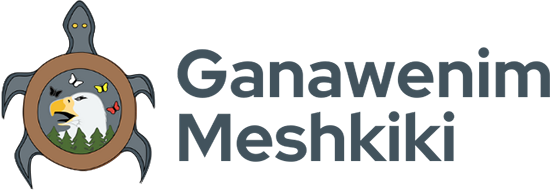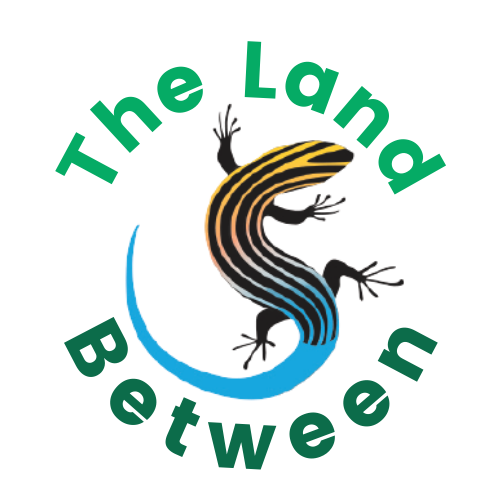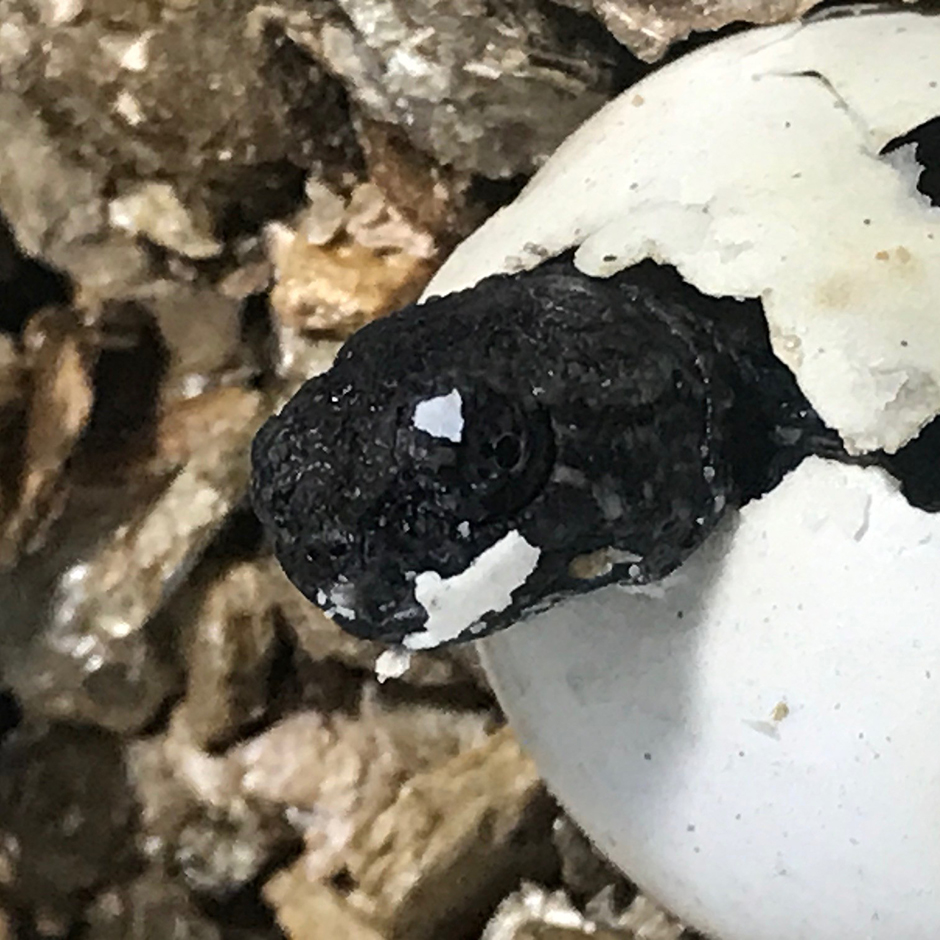The Eastern Georgian Bay and central Ontario landscape is characterized by a unique combination of ecological features and functions that make it a hotspot for several species at risk (SAR) reptiles including: Massassauga rattlesnake, Eastern foxsnake, Eastern hog-nosed snake, Blanding’s turtle, and Eastern musk turtle. The majority of SAR reptiles in this area live along the northern limit of their ranges, meaning they have a lower tolerance for environmental change, disturbance, or threats. This region is also home to growing towns and communities of full-time residents and seasonal visitors, bringing increased development, roads, and vehicular traffic on existing roads.
In 2021, Land Between Charity (Land Between), with Eco-Kare International (Eco-Kare), received $85,000 in Eastern Georgian Bay Initiative (EGBI) funds to prepare and implement activities to conserve and protect SAR reptiles in the eastern Georgian Bay and central Ontario environments. This work was largely related to mitigating SAR reptile mortality associated with road strikes.
Land Between, through their Turtle Guardians Program and Snake Supervisors program, and with EcoKare’s contributions, applied a mixed approach to mitigate threats to SAR by raising awareness and building capacity. This mixed approach involved installing billboards and enacting volunteers/staff as highly-visible (wearing vests and car magnets) “first responders” on the roads, who are trained in both helping turtles and collecting data. All data was used to model and highlight hotspots, which are candidate sites for ecopassage installation. Land Between staff, with Eco-Kare, also facilitated training in ecopassage design, installation, and maintenance, either through direct one-on-one instruction or through workshops and videos. Target audiences included Indigenous community staff, municipal road staff, and practitioners. Finally, Land Between piloted a cost-effective and innovative solution for ecopassage fencing/exclusion fencing “jump outs” for transfer to other high priority areas.
The project was conducted in the following phases:
- Preliminary Target Mapping and Field Verification: Project staff identified and verified potential wildlife underpass sites before prioritizing potential sites using “hotspot” mapping, which identifies locations with higher numbers of reptile and SAR observations and/or where two wetlands abut a road and a stream “dissects” the roadway. These sites were analyzed in terms of priority (based on numbers of turtles and numbers of mortalities), and for feasibility based on whether culverts or bridges were present. Other sites were flagged for in situ reconnaissance and overall verification of feasibility.
- Active Onsite Mitigation and Research / Recruitment and Training of Road Survey Staff and Volunteers (Mitigation, Research, and Incubation): Project staff engaged in outreach, awareness campaigns, and volunteer recruitment for select road survey and “crossing guard” locations, working to fill gaps around areas already cared for by other regional conservation partners. Surveys included recording body condition, sex, age classes, location, and search effort. Data was used to inform population trend analyses (long term) and for hotspot analyses. Staff excavated turtle nests under wildlife permits, then incubated and released hatchlings back to nest sites to support populations. Volunteers alerted staff to nests, as did the public.
- Related Underpass Feasibility Assessments: Project staff progressed underpass feasibility assessments related to phase 1 (see presentation), which included prioritizations and identifying data gaps.
- Underpass Material Sourcing and Preparation: In anticipation of site selection for the underpass installation, project staff sourced materials and prepared equipment. This effort also produced 230m of exclusion fencing for potential mitigation sites.
- Underpass Site Selection, Installation, and Adaptive Management: In this phase, staff selected the final underpass location from a shortlist of 5 possible sites, procured the permits necessary to install the underpass, and completed the installation. This involved transporting barrels to site, preparing the site using a combination of mini-excavator, and hand digging to install exclusion steel barrel fencing in four strategic sections along the underpass project area.
- Underpass Maintenance, Training, and Inspection: Next, staff designed 2 workshops including one practicum component, and a video presentation on ecopassage design and maintenance. The workshops were marketed and hosted (see workshop attendee breakdown in metrics below and in presentation slides). Workshops were also recorded and posted to YouTube for others to learn and benefit from. A video was produced to promote best management practices for ecopassage design and installation. A webpage dedicated to mitigation of threats to reptiles on roads was published.
- Basic Broad Scale Awareness and Mitigation: In this phase, staff identified a high SAR-mortality roadway (Blanding’s turtles and Eastern hog-nosed snakes) and went forward with designing, printing, purchasing, and installing a billboard. Broad outreach to support observing, reporting, and protecting turtles/turtle nests was done through social media posts, posters, and door-to-door engagement with local businesses and community partners.
Outcomes in the Watershed from 2021 Project Efforts:
- 9 volunteer road researchers and 4 staff monitored 11 main and county roads
- 185 new turtle records, including:
- 26 Blanding’s turtles
- 3 Map turtles
- 17 snake observations
- Egg incubation metrics
- 5618 overall, 4988 succeeded (94% success)
- Watershed: 829 released
- 65 volunteers reporting
- Snake habitat mapping to assist with road priorities
- Ecopassage mapping and gap analysis across the watershed
- +140 ecopassage potential sites
- 72 high potential/feasible sites (with 21 being a higher priority from available data)
- 1 billboard installed (11,000 social media hits expressing support)
- 1 pilot jump out fencing ecopassage site installed (230 metres)
- 3 workshops held
- Design: 431 registered; 305 attendees (see presentation for breakdown of attendees by area, sector, expertise, etc.)
- Maintenance: 88 registered; 58 attendees; 17 practicums (see presentation for breakdown)
- 3 training videos and one infomercial for road mitigation
- Web page and social media development




